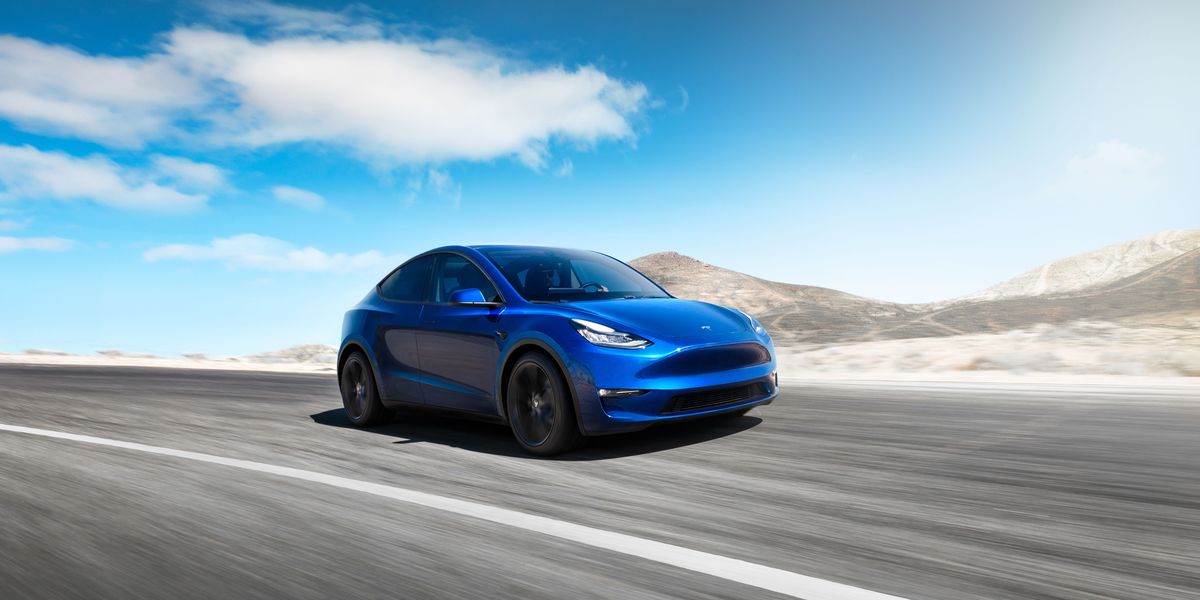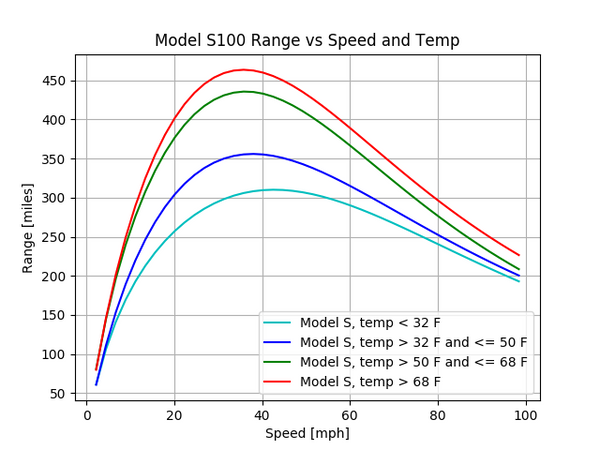No surprises here, but useful data and insights as to why:

 www.caranddriver.com
www.caranddriver.com
 www.sae.org
www.sae.org

"Chevy Bolt EV sulla rampa di lancio!" by automobileitalia is licensed under CC BY 2.0.
Admin note: Image added for Blog Feed thumbnail
- On Car and Driver's 75-mph highway test, more than 350 internal-combustion vehicles averaged 4.0 percent better fuel economy than what was stated on their labels. But the average range for an EV was 12.5 percent worse than the price sticker numbers.
- While separate city and highway range figures are computed behind closed doors, only a combined number is presented to consumers. The combined rating is weighted 55 percent in favor of the city figure, where EVs typically perform better. This inflates the range estimates, making it harder to match in real-world highway driving. The paper proposes publishing both city and highway range figures—as with fuel-economy estimates for gas-powered vehicles—to give shoppers a more holistic sense of a vehicle's abilities.

EVs Fall Short of EPA Estimates by a Much Larger Margin Than Gas Cars in Our Real-World Highway Testing
Gas-powered cars often match or exceed EPA highway fuel economy numbers. A new paper using data from C/D's highway tests shows EVs are far less likely to do so.
Comparison of On-Road Highway Fuel Economy and All-Electric Range to Label Values: Are the Current Label Procedures Appropriate for Battery Electric Vehicles?
As consumers transition from internal combustion engine (ICE)-powered vehicles to battery electric vehicles (BEV), they will expect the same fuel economy label-to-on-road correlation. Current labeling procedures for BEVs allow a 0.7 or higher multiplier to be applied to the unadjusted fuel economy a
"Chevy Bolt EV sulla rampa di lancio!" by automobileitalia is licensed under CC BY 2.0.
Admin note: Image added for Blog Feed thumbnail




